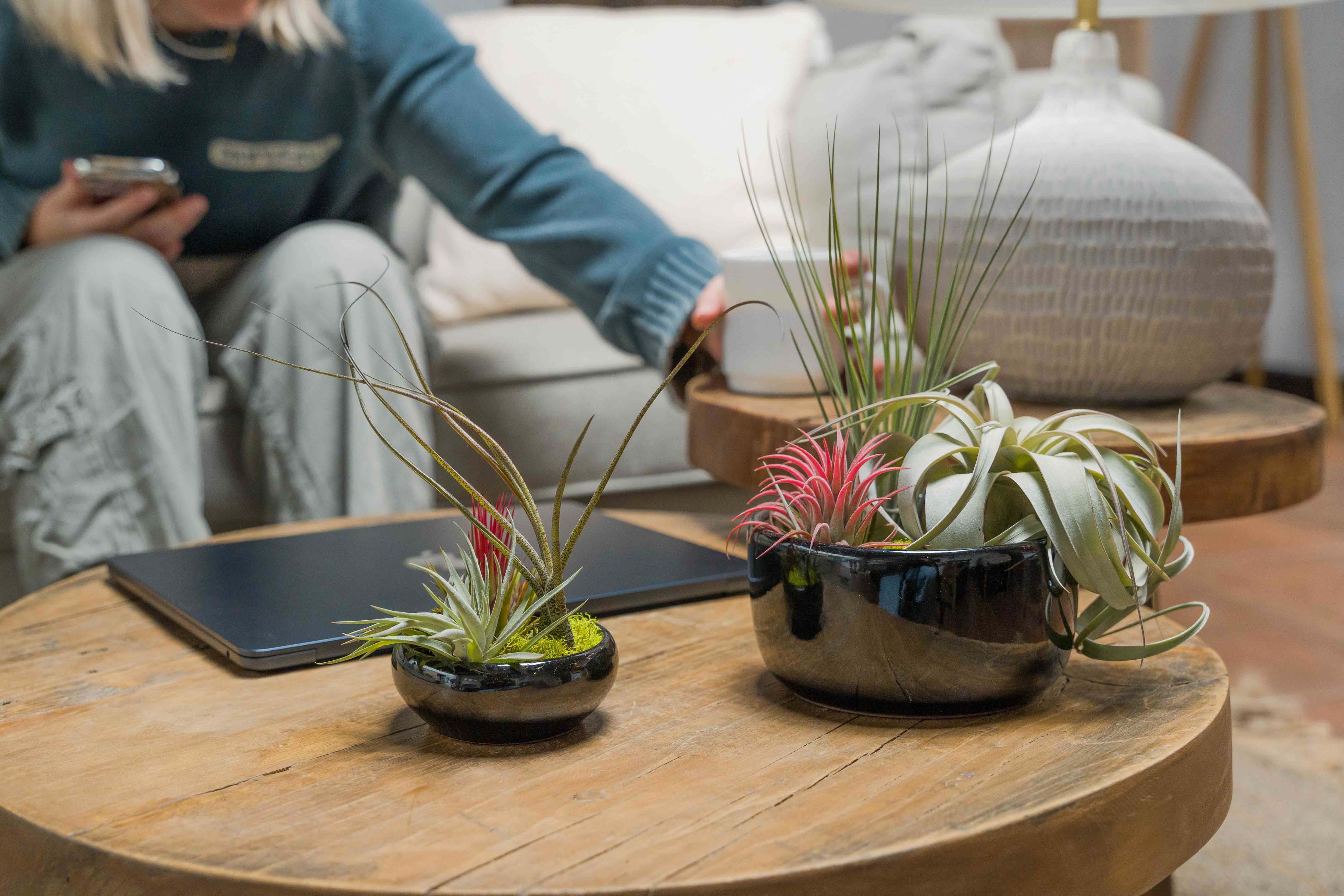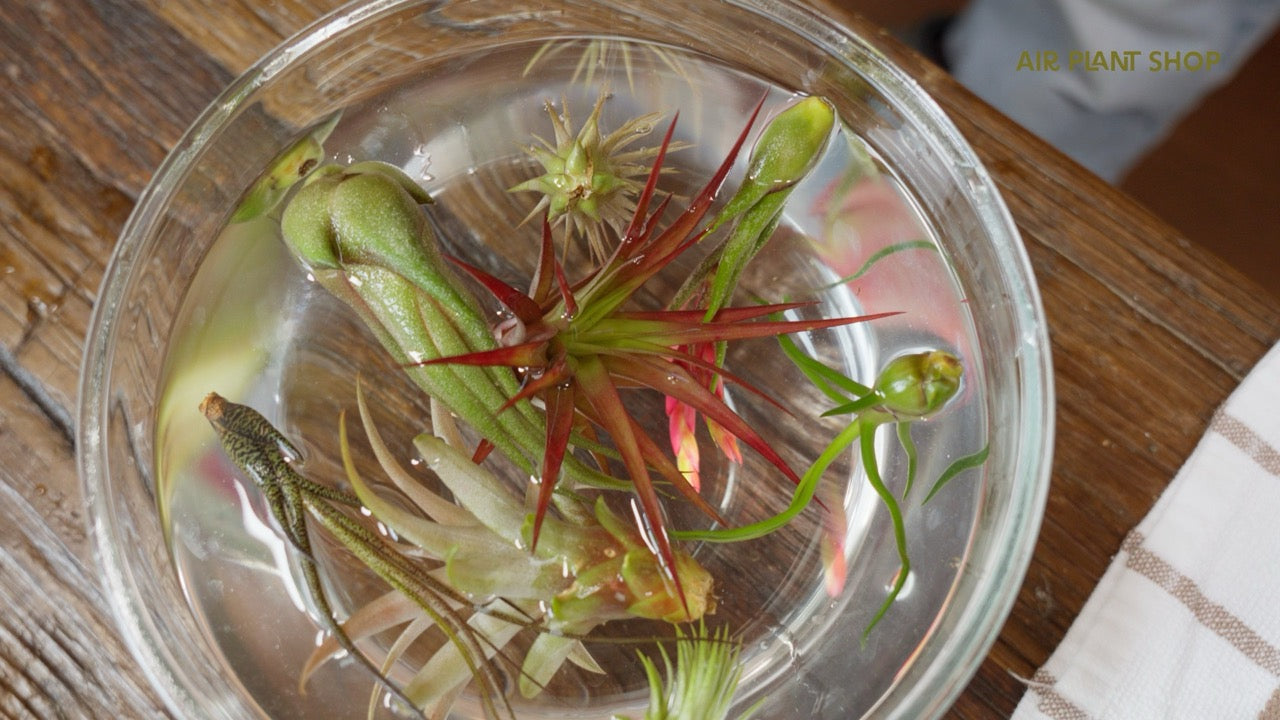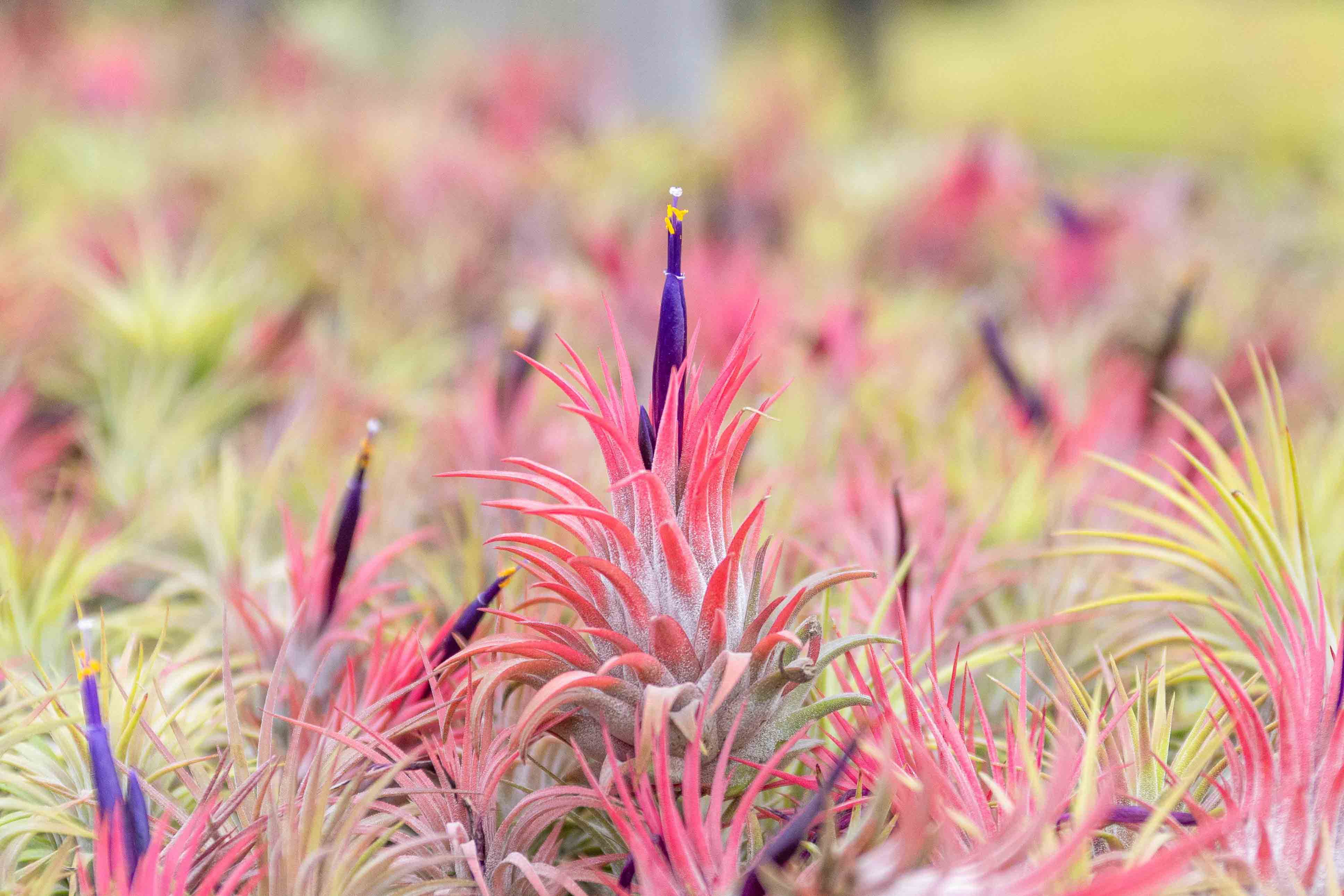Epiphytes
Epiphytic plants are vegetation that rely on various other plants for
physical support, growing on branches
and limbs rather than rooting into the soil. Or in the case of marine
species, rooting in the seafloor. It is estimated that there are
actually about 30,000 epiphytic plant species around the world, with
around
half these types residing in the rainforest. The growth of such plants
illustrates exactly how effective
and successful their lifestyles have become.
The term epiphytic derives within the Ancient greek language epi- (meaning 'upon') and phyton (meaning 'plant').
Epiphytic plants are sometimes known as "air plants" as they do not root in earth. There are other examples, such as marine
varieties of algae, including seaweeds, which can attach themselves on other water vegetation.
Epiphytic plants use photosynthesis for energy and acquire water from the air or from other sources. These other
sources can include rainfall, cloud moisture of even from the surface of the attached hosts. Cup or scales can develop,
which also may be used to retain water. Roots from these plants may develop and are generally used to secure the air plants
to the surface of the attached host.
Although most of these plants are not parasitic, attaching to other
vegetation can cause some harm. Some strip protective bark away as
they put down roots, for example, and many shade the leaves of their
hosts, preventing them from photosynthesizing.
Epiphytic plants can also attract insects which may damage a tree, and
they can increase wind resistance, which can
be dangerous for trees in windy areas. Naturally, these varieties do not
want to kill their hosts, so most have evolved to live as
symbiotically as possible in a mutually beneficial relationship. For
example, epiphytes can store water and nutrients which
can be used by their hosts.
In the rainforest, epiphytic plants collect in the forest canopy.
Because they can grow up in the air, they can
position themselves in a sunny location, putting them at a distinct
advantage over plants on the ground, which in many cases are heavily
shaded. Living in the canopy also gives these plants access to an array
of animals and insects rarely seen near
the ground, and to more water. Many animals use epiphytes in the
rainforest as habitats, living in the hollows created by their leaves.











